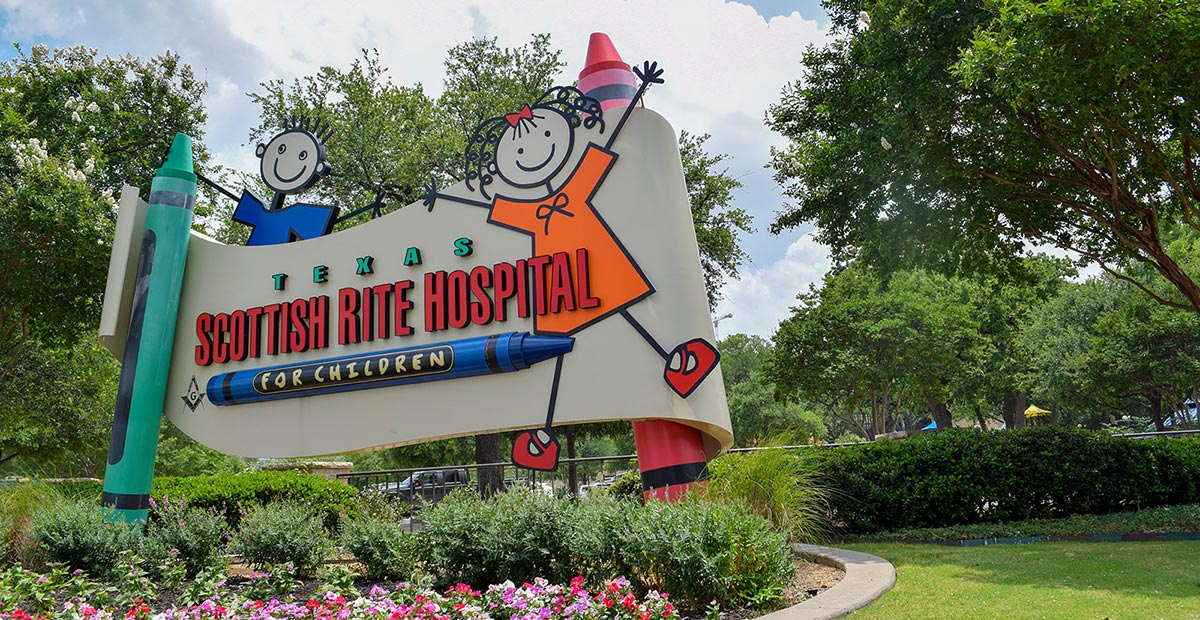After summer break, many kids will be screened for scoliosis. Here is some information that you should know about the process: What is scoliosis? Scoliosis is a progressive condition causing the spine to curve or twist into a “C” or “S” shape. What causes...

